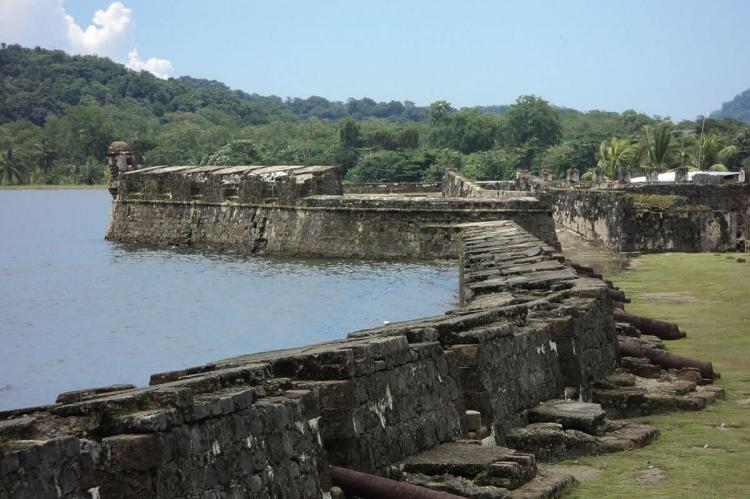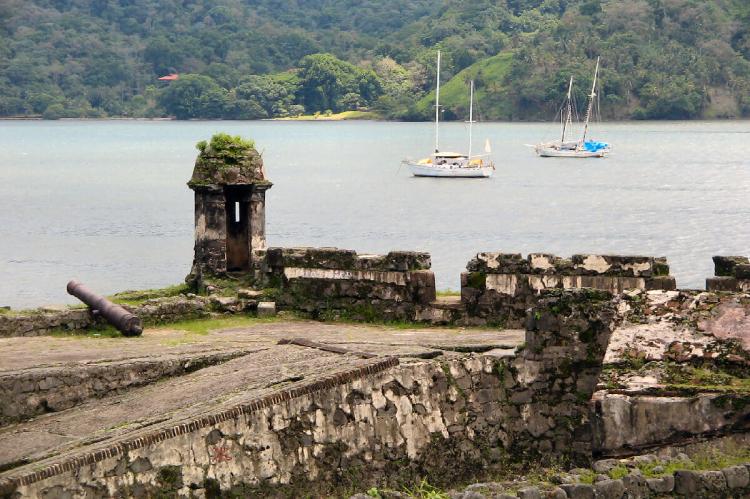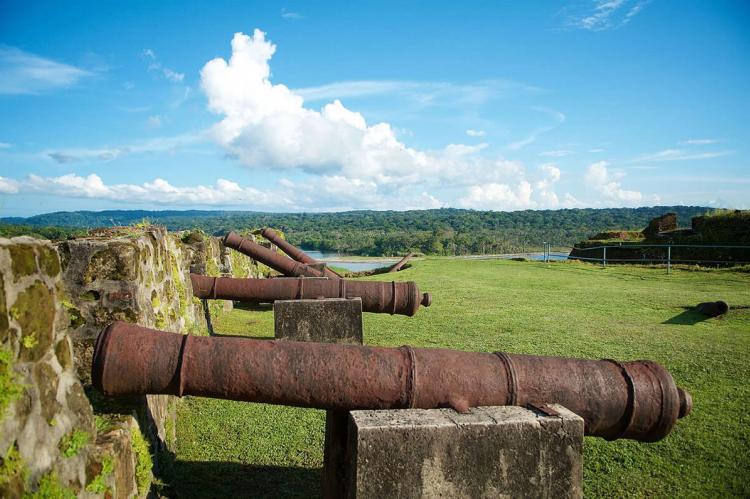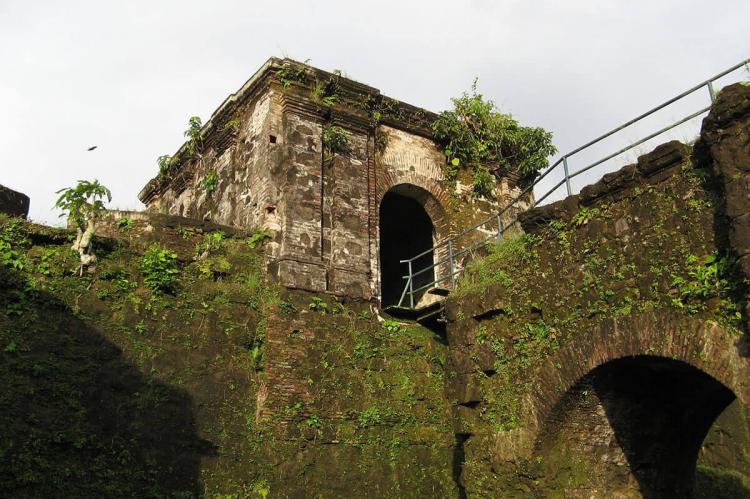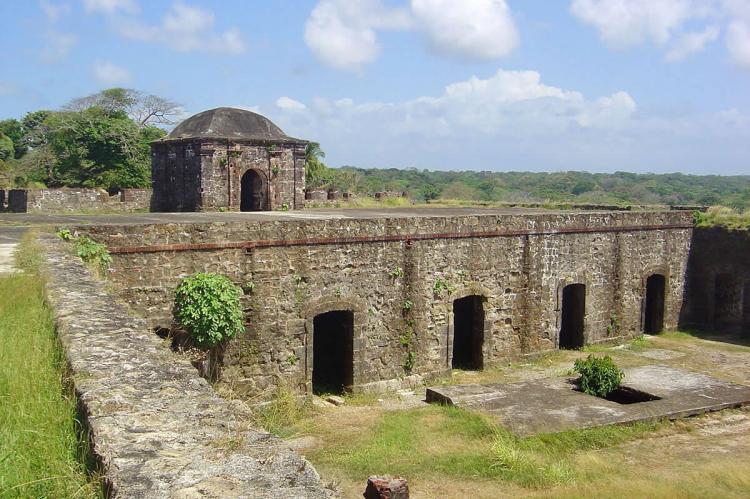Fortifications of Portobelo-San Lorenzo (Panama)
Nestled along the captivating Caribbean coast of the Province of Colón in Panama, the Fortifications of Portobelo-San Lorenzo stand as enduring symbols of military architecture meticulously crafted by the Spanish Empire during the 17th and 18th centuries, a vital chapter in the history of the New World.
Fortifications of Portobelo-San Lorenzo
Nestled along the captivating coast of the Province of Colón in Panama, the Fortifications of Portobelo-San Lorenzo stand as enduring symbols of military architecture meticulously crafted by the Spanish Empire during the 17th and 18th centuries. This UNESCO World Heritage Site represents a vital chapter in the history of the New World, serving as a strategic defense system to safeguard transatlantic trade routes.
Architecture
The Fortifications of Portobelo-San Lorenzo consist of magnificent examples of 17th- and 18th-century military architecture strategically positioned along the Caribbean coast of Panama. The complex comprises diverse fortification sites around the Bay of Portobelo, known as the San Fernando and Santiago fortifications.
The Lower Battery, Upper Battery, Hilltop Stronghold, and San Jerónimo Battery Fort are notable among the San Fernando fortifications. The Santiago fortifications include the Castle of Santiago de la Gloria, Battery and Hilltop Stronghold, Old Santiago Fortress, Ruins of Fort Farnese, La Trinchera site, Buenaventura Battery, and San Cristóbal site. Separately, the San Lorenzo Castle stands at the mouth of the Chagres River, with its Upper Battery as a distinctive structure.
Strategic Significance
This World Heritage Site is integral to understanding the adaptation of European building models and their transformative impact on the New World during the modern era. It played a crucial role in the strategic organization of the territory and represented a significant concept of defense and technology development, primarily during the 17th and 18th centuries.
As part of a more extensive defensive system that included Veracruz (Mexico), Cartagena (Colombia), and Havana (Cuba), these fortifications were strategically positioned to protect the lucrative route of commercial trade between the Americas and Spain.
Historical Evolution
Founded in 1597 as a Caribbean Terminal, San Felipe de Portobelo replaced Nombre de Dios as a port of transit and transshipment, becoming a vital link in the transcontinental route across the Isthmus of Panama. The fortification plans initiated in the 1590s, following recommendations by Bautista Antonelli, marked the beginning of a monumental defensive effort.
Over time, the architectural style evolved from a medieval military design to a neoclassical style in the 18th century. This adaptation reflected changing defensive technologies and protected colonial resources transported from America to Spain via the Isthmus of Panama.
These structures formed a defensive line, safeguarding Portobelo's harbor and the Chagres River mouth. Their architectural styles varied, with some structures skillfully integrated into the natural landscape as part of a cohesive military defensive design. The fortifications served as guardians of strategic trade routes and adapted to the evolving needs of defense technologies over three centuries.
The Fortifications of Portobelo-San Lorenzo stand as silent witnesses to a bygone era, where military architecture and strategic planning were paramount in shaping the course of history. This UNESCO World Heritage Site, with its diverse components and historical significance, vividly illustrates the Spanish Empire's enduring legacy in the New World. As sentinels guarding the transatlantic trade routes, these fortifications reflect the resilience, adaptability, and architectural prowess that defined an era of colonial expansion and global exchange.
